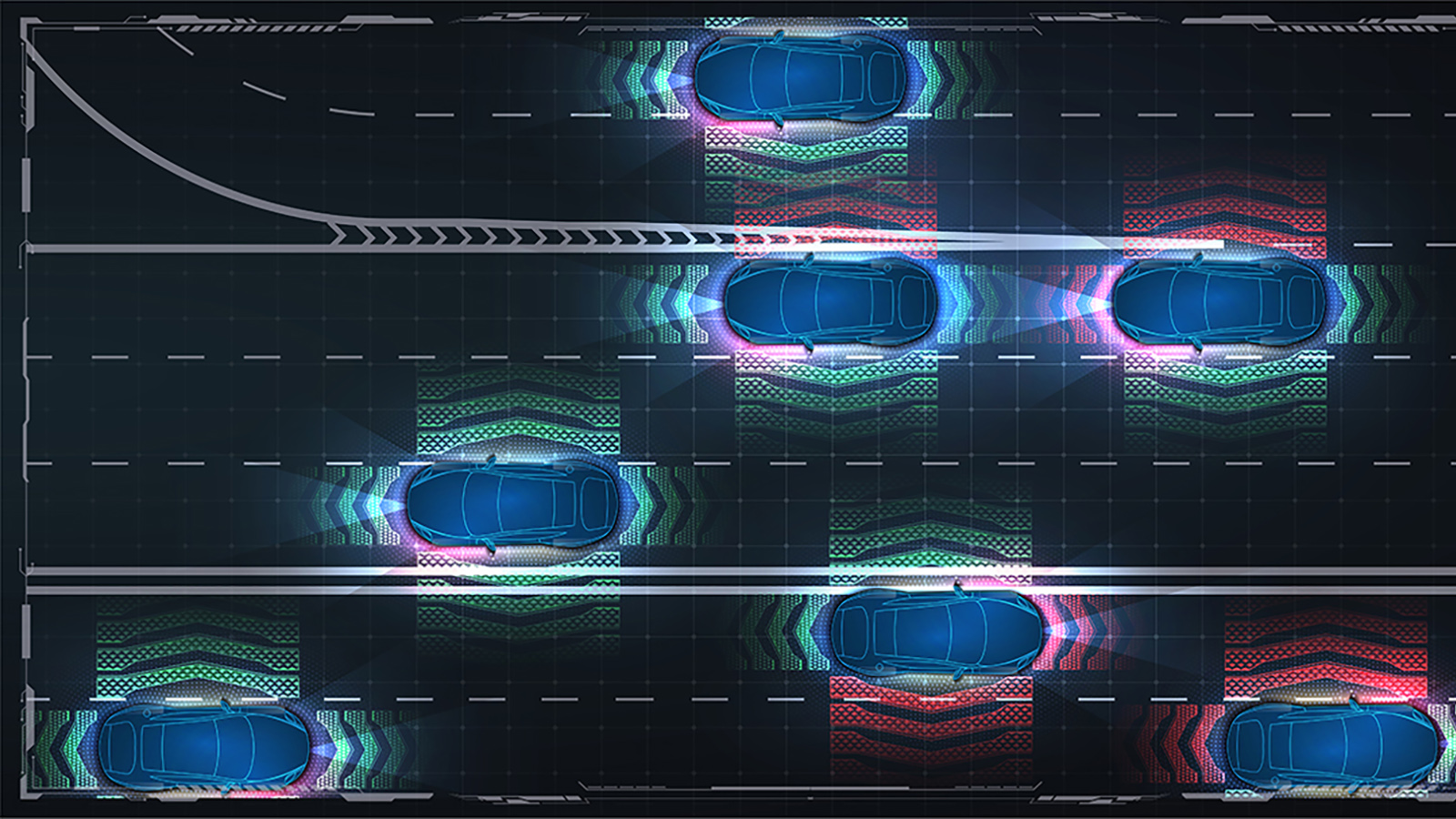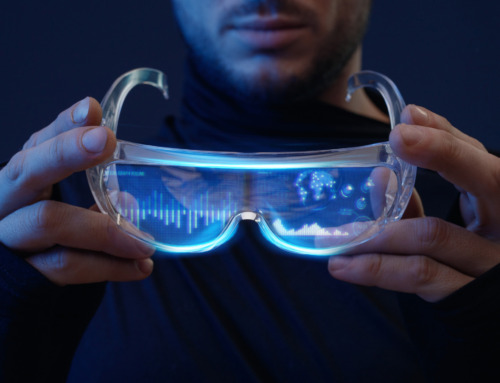AT&S makes cars fit for the transport of tomorrow
For vehicles to operate as autonomously as possible in the future they must meet completely new requirements in data processing and sensor technology. Cutting edge technology by AT&S enables high-resolution scanning of the surroundings as well as processing and transferring the data volume incurred. In January, the high-tech group from Austria will present its latest developments at the CES Consumer Electronics Show.
Cars that operate autonomously and without errors are a cornerstone of concepts aiming to make transport greener and safer. From today’s perspective this is still a distant dream as the technical challenges are enormous and legal frameworks have yet to be established. Autonomous vehicles permanently need accurate information about their surroundings, sufficient computing power to process this flood of data and high-speed data connections to communicate with traffic lights or other cars. As the share of electronics in cars increases, little space is available and miniaturization is continuously gaining importance.
Sensors for cars
AT&S has developed solutions used by all leading automotive manufacturers to cope with these challenges: For example, new processes allow the integration of antennas for high-frequency signals directly into printed circuit boards with virtually no losses. This allows building radar sensors featuring significantly higher resolutions than current products. As a result, self-driving cars of the future will be able to reliably identify small objects such as small animals or things on the road.
Likewise, high-resolution cameras are used to collect reliable information about the surrounding environment. In this area AT&S benefits from its long-standing experience in the smartphone market, which enables us to integrate high-resolution optical sensors directly into the printed circuit boards. As a result, extremely robust systems are created which can identify pedestrians or road conditions very quickly since the data can be processed directly in the camera module.
V2X communication
In order for self-driving cars to utilize these advantages, coordination between them will be necessary. The data collected by a vehicle must be shared with other road users. Moreover, traffic lights or toll booths also have to pass on information to vehicles. This requires wireless communication channels that transmit data with high bandwidth and without delay. The new 5G standard meets these requirements. With its HDI and substrate-like printed circuit boards (SLP), AT&S provides the basis for such complex communication channels which meet even the highest demands very efficiently.
Less human intervention needs more complex decisions made by driver assistance systems for self-driving cars. Different processors and processing units which operate reliably and fast are required for general and specialized tasks. AT&S interconnect solutions combine the necessary data processing capacity and computing power in a very small space while at the same time meeting the demanding automotive requirements.
AT&S at CES Las Vegas
AT&S will be presenting these and many other solutions for the first time at one of the world’s most influential technology events – the Consumer Electronics Show in Las Vegas. Visit us from January 5 to 8, 2022 at our booth #51134 in the Austria Pavilion at the Venetian Expo and find out everything about how AT&S is helping to shape the future.
分享文章:




